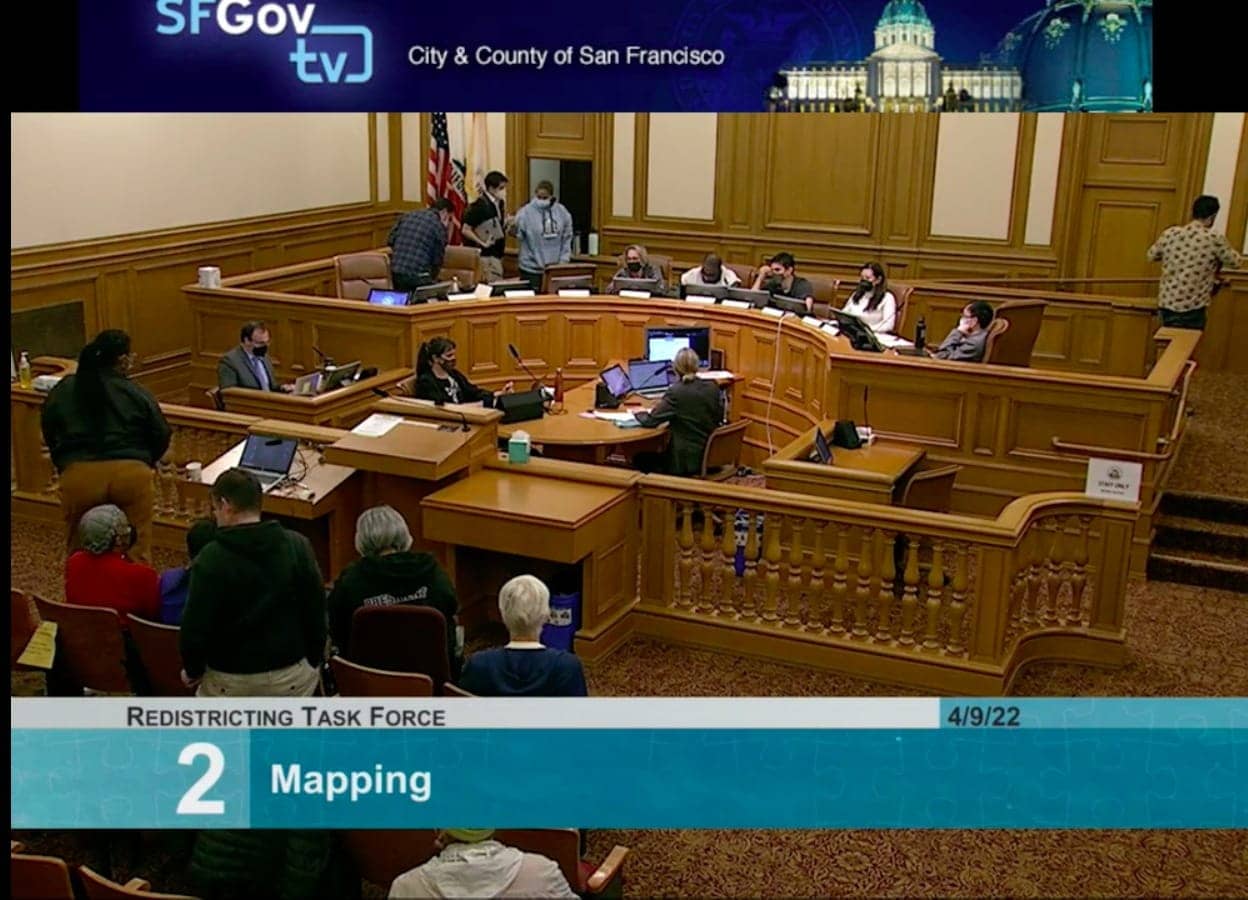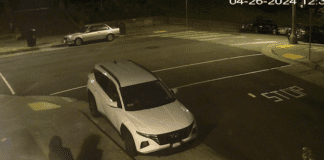
In a 5-4 vote, the Task Force voted to disapprove its final draft map, which would have divided several vulnerable communities, setting a timeline to create a better map
by SF Unity Map Coalition
At the April 13 SF Redistricting Task Force meeting, after hearing 148 public comments, the Task Force voted 5-4 to reject what had been their “final draft map,” after a majority of the members of the Task Force voiced various concerns about the process that led up to this map – and the map itself.
The Task Force will meet again on April 21 to work off of what has been called the “healing map,” and what will be Draft Map 7, with the goal of finalizing it that night, publishing it to the public for 72 hours and voting on it after that. The Department of Elections requires a final map by May 2, 2022.
Task force member Michelle Pierce opened the Wednesday afternoon meeting, saying: “This map breeds violence, it breeds permanent tension. You have disrupted the neighborhoods in this city that have the fewest resources and need the most resources. You’re creating a system whereby there are limited resources … and incredible amounts of competition for those resources.”
Task force member Jeremy Lee shared prior to the vote on their final draft map: “It is my firm belief that this map does not reflect the volume of public testimony we have received. It does not protect the fair and effective representation of minorities.
“It prioritizes certain neighborhoods over others, without a consistent standard or logic. It divides and dilutes the voting power of minorities. It breaks up far more neighborhoods than it keeps together.”
Task force member Raynell Cooper called the map “unpopular, unjustifiable and unjust.” Task force member Jose Maria “Chema” Hernandez Gil said: “I do not believe this final draft map appropriately reflects the public input … I really do not believe this draft map complies with the criteria set forth in the charter.”
In response, Raquel Redondiez, on behalf of the SF Unity Map Coalition, provided the following statement: “We thank the Task Force for listening to the overwhelming community input that the final map would have been detrimental to the city’s most vulnerable populations.
“We hope the Task Force will listen to the community in its additional meetings and draw a fair map that truly reflects public input, prioritizes those who depend most on city services and protects the political voice of working-class neighborhoods, communities of color, LGBTQ+ and other vulnerable communities.”
SF Unity Map Coalition is a broad consortium of organizations seeking to preserve the voices of working class, BIPOC, LGBTQIA+ and other marginalized communities in SF redistricting.

 Store
Store


